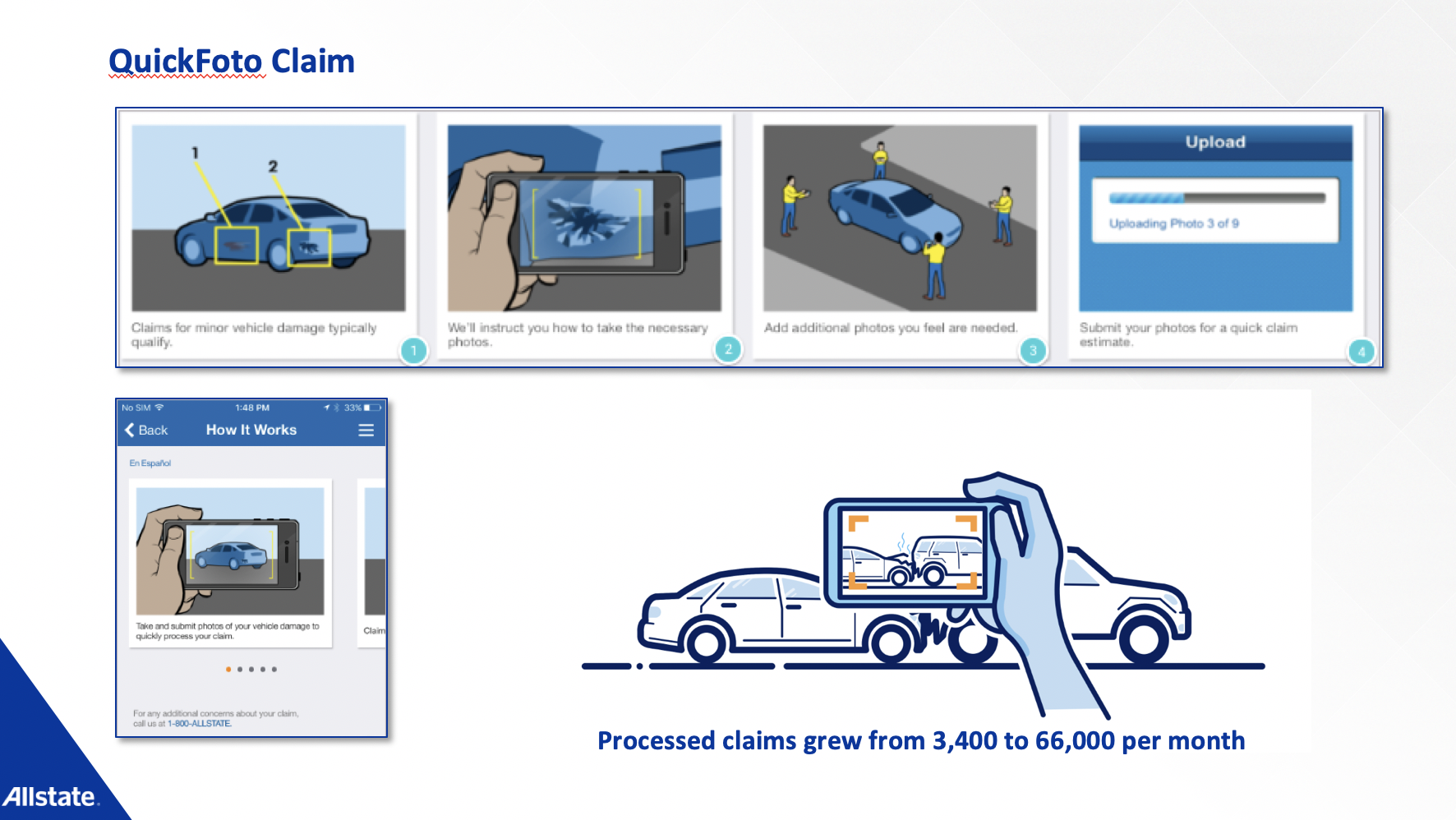by Clifton Simmons
“I’ve learned that people will forget what you said, people will forget what you did, but people will never forget how you made them feel.” –Maya Angelou
To my knowledge, author and poet Maya Angelou never worked in user experience (UX) design, but her quote aptly summarizes the empathy effect of UX. Users won’t recall your content verbatim and they’ll only remember your good design as it relates to their ease of navigation. Put another way: Users only care about their experiences.
Compared to many brands, insurance brands probably struggle harder to achieve this kind of connectiveness with customers, which is why an empathic approach to design is so important. When you think about it, UX design as it relates to insurance has two goals regarding customers:
- Get people to do things they may not want to do, even if it’s good for them. People need to protect themselves from the “what-if’s” in life. What if the house burns down? What if you die? Yes, they’re important questions. And no, they don’t make pleasant family dinner conversations.
- When the “what-if’s” happen, UX is often on the front lines helping customers get through some of the more difficult situations in life. Then we’re the reassuring voice that says, “We’re going to get you through this.”
Getting you to do things that are good for you… Helping you through tough times… Sounds like things any parent can identify with. That’s why I jokingly refer to moms and dads as “the accidental architects of empathy and UX design.”
Can’t get “know” satisfaction?
When it comes to UX design, customer satisfaction is everything, so empathy is a critical skill. Your interactions with the user must be open, transparent, informative, and warm. The formula is simple:
Empathy + UXD = deeper user satisfaction
By definition, empathy is the ability to understand other people’s feelings. In marketing, you do this by learning how to put yourself in your customers’ shoes. Know them by growing your awareness of shared emotions.
Empathy is often confused with sympathy. By definition, sympathy is showing concern or compassion for someone else without fully understanding why they are reacting this way. Not the same.
Insurance marketers shouldn’t make the mistake that empathy creates authenticity. To be authentic, you’re sharing a genuine truth about your brand, hoping it connects with users. It’s still asking them to understand you first, where an empathic approach is the reverse.
Walking in someone else’s shoes
To help identify user needs, Allstate has a human-centered design exercise called “Walk A Mile Immersion.” It involves these steps:
- Identify stakeholders. In this particular case, see customers as your top stakeholders to build a shared understanding of them with your UX team.
- Gain new perspectives through interviews. It’s easier to empathize with customers when you hear from them directly.
- Affinity clustering. As you examine responses and data, patterns reveal themselves. Often, they challenge your personal assumptions and bias, helping you engage your customers with fresh approaches.
- Create opportunities with statement starters. Finally, take a step toward solving the problem by asking the right questions. Don’t start a project with a dictatorial statement like, “We need an easier way for customers to file claims on their smartphones.” Instead, frame it as a question: How might we help customers file claims easily on their smartphones? This encourages solutions that take in customer needs, based on information you’ve collected. For Allstate, such questioning led to updates to our QuickFoto Claim application, which helped increase claims processing from 3,400 to 66,000 per month in the first three months of the update.

Empathy can be taught
We can develop insightfulness to connect to people different than ourselves. Empathy can be taught if marketers regularly put in the work. Don’t just read a data report – interact with your customers. UX design is never ending, because our customers are always requesting, “Get to know me.”
In the end, are you willing to forgo a pet project that advances your performance goals in favor of something that addresses your customers’ needs? If you don’t, they’ll find another brand that better empathizes with them.
Clifton Simmons is UX content lead at Allstate who — in his own words — transitioned from “ad man to app man.” For more than 20 years, Clif worked at large ad agencies creating campaigns for USAA and Chevy. He credits his experience as a creative supervisor as leading to his move into UX. Clif was a speaker at IMCA’s 2019 annual conference and serves on its board of directors. For more, keep up with him at www.professoradman.com or on Twitter as @ProfessorAdMan.


